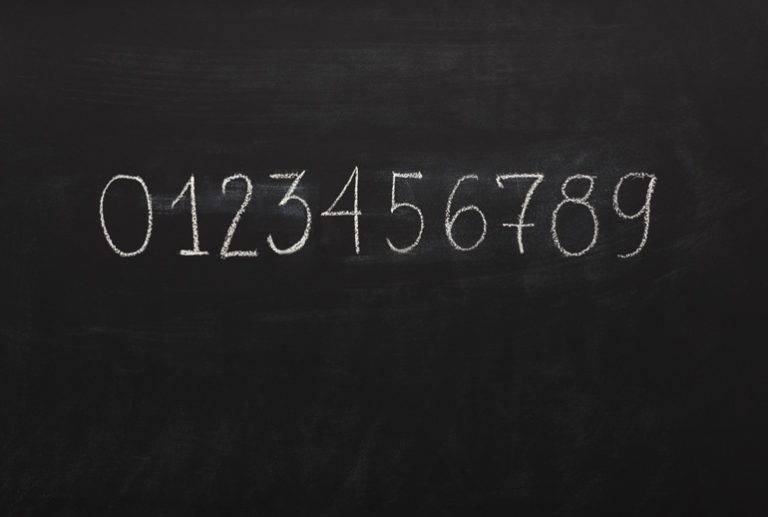First, we must talk about scientific or exponential notation, which is a way of writing large numbers in an abbreviated form. For example, we can write the number one hundred million in the conventional way as: 100,000,000, or in scientific notation as: 1 × 10⁸, which reads “one times ten to the eight.”
We can also express 100,000,000 as:
10 × 10⁷, or
100 × 10⁶, or
1,000 × 10⁵, and so on[1].
From this, we can deduce that a number written as m × 10ᵉ, where m is called the mantissa[2] and e is the order of magnitude, is equivalent to writing the number m followed by e zeros to its right.
This notation is also used for very small numbers. For example, one millionth of a unit is equivalent to dividing one unit into a million parts. That would be written as 0.000001, or in scientific notation, 1 × 10⁻⁶. In this case, the exponent indicates the number of zeros to the left of the mantissa.
Here are some examples:
500 = 5 × 10²
5,000,000 = 5 × 10⁶
92,000,000,000,000,000,000,000,000 = 9.2 × 10²⁵
0.001 = 1 × 10⁻³
Now that we have explained how to write extremely large or small values, let’s consider some numbers that would be very tedious to write, read, or say without this kind of notation.
There is widespread agreement in the scientific community about the approximate age of the universe: 15 billion years, or 1.5 × 10¹⁰ years. Since:
1 year = 365 days
1 day = 24 hours
1 hour = 60 minutes
1 minute = 60 seconds
Then, the age of the universe in seconds would be: 15,000,000,000 × 365 × 24 × 60 × 60, which equals approximately 4.7 × 10¹⁸ seconds.
As expected, the age of the universe in seconds is an extremely large number. A number with eighteen trailing zeros qualifies as such.
If we were to estimate the total number of atoms in the universe, what number would come to mind? It is difficult to give an exact answer, but it would surely be the largest number imaginable. According to the online magazine Universe Today[3], there are approximately 1 × 10⁸⁶ atoms in the entire universe[4].
It is clear, then, that a figure with eighty-six trailing zeros represents an extremely large number.
[1]Strictly speaking, these numbers are not entirely accurate, as the purpose of this notation is to represent values in the most concise form possible. However, I have used these figures to help illustrate and clarify the methodology behind the notation.
[2]The mantissa must be a number greater than or equal to one and less than ten.
[3]See www.universetoday.com
[4]According to the same source, the observable universe contains approximately 3 × 10¹¹ galaxies, each with an average of 4 × 10¹¹ stars. This yields an estimated total of 1.2 × 10²³ stars. On average, a single star weighs about 1 × 10³⁵ grams, resulting in a combined stellar mass of approximately 1 × 10⁵⁸ grams, or 1 × 10⁵² tons. A single gram of hydrogen contains roughly 1 × 10²⁴ atoms. By multiplying the total stellar mass by this number, we arrive at an estimated 1 × 10⁸⁶ atoms in the universe.
It is worth noting that this calculation excludes other celestial bodies—such as planets, moons, comets, and asteroids—because their combined mass is negligible in comparison to that of stars. For example, in our own solar system, the Sun accounts for 99.98% of the total mass. The remaining 0.02% comprises all the planets, their moons, and smaller objects like meteorites and comets.



